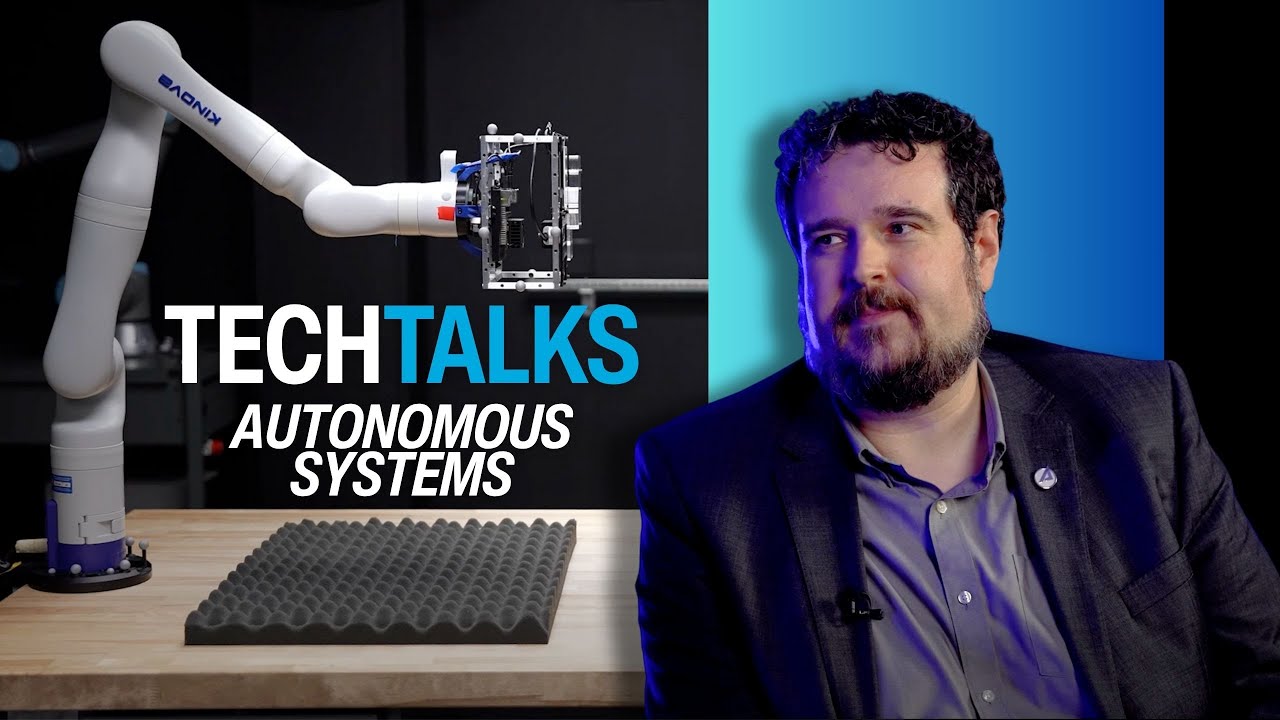
In the latest episode of Tech Talks, Aerospace's Kevin Bell interviews Ben Bycroft, head of the CAVE Lab and director of the department that runs it. CAVE stands for Collaborative and Autonomous Vehicle Ecosystem, and the lab works in a variety of fields.
On-orbit refueling, autonomous proximity maneuvers like docking and manipulation — anything that requires a system with human-like precision and perception, but without the human. In particular, the lab focuses on seeing how these systems work with each other or within the context of other systems.
"The intent is to bring together software hardware and simulation in one hybrid environment, so that testing and confidence building in advance space systems can be done in one place holistically," Bycroft explains to Bell.
He also notes that like most Aerospace labs and facilities, it's not just for internal research: "The CAVE Lab is built to be a neutral proving ground for technologies so that customers can bring a piece of the puzzle and test in a system context. That includes small businesses and startup companies." SpaceWERX in particular is a close partner, he says.
In the Tech Talk, Bell and Bycroft talk about the need not just for autonomy in space operations, which are becoming more numerous and complex, but for that autonomy to be trusted. Space is a high stakes environment, and anyone up there needs to have 100% confidence that systems will operate as designed, from valves to thrusters to AI-powered robot arms.
"We've talked a lot how we're able to demonstrate integration of hardware, but how does this tie to digital twins and simulations?" asks Bell.
"Part of the purpose of cave is to allow digital twins to have components of them swapped out with actual pieces of hardware," says Bycroft. "To let them 'behave in the loop' and test in a way that allows the digital twin to have increasing elements of physical realism injected into it, to find out if the models the digital twin is based off of are realistic enough to be functional stand-ins for a real system."
You can find out more about the CAVE Lab and others like it in this virtual tour of the facility.
